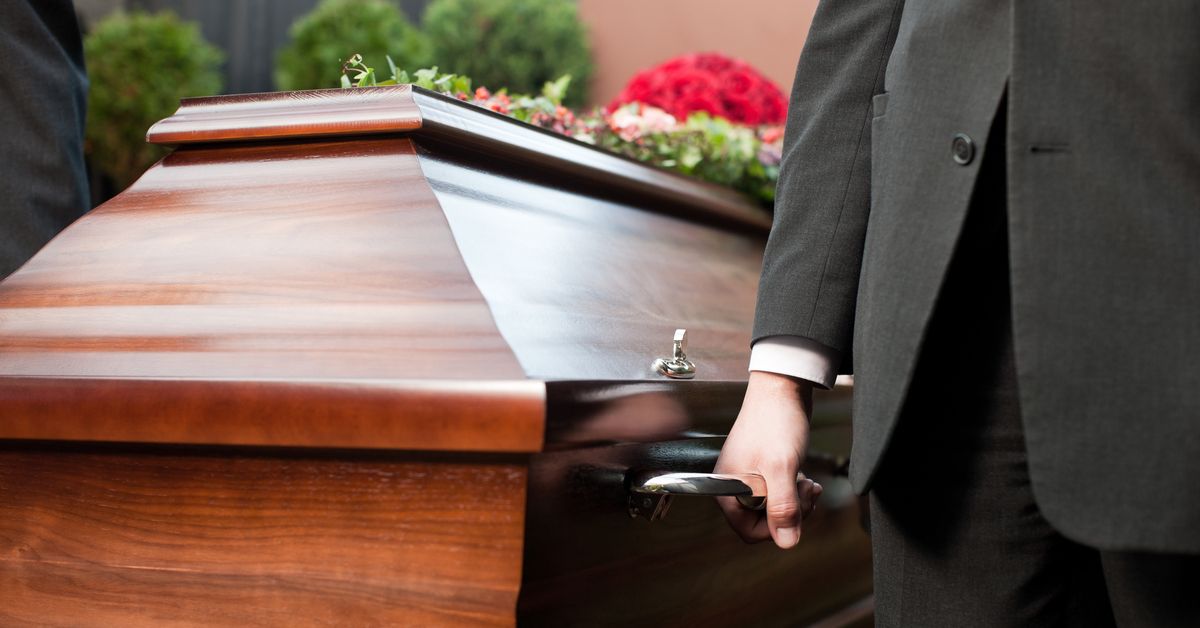One of humanity's most historically pervasive fears is either being buried alive or waking up six feet underground to find that you have been mistaken for dead. Though rare, such events have occurred from time to time, and they form the basis of an entire book by Jan Bondeson titled Buried Alive: The Terrifying History of Our Most Primal Fear.
This book, published in 2001, is the primary source of online claims about a woman named Essie Dunbar who according to legend was pronounced dead following a seizure, was partially buried during her funeral service, and was then exhumed for the benefit of her grieving sister who had arrived late. When the coffin was opened, the story goes, Dunbar was found to be both alive and awake:
In the summer of 1915, Dr. D. K. Briggs of Blackville, South Carolina, was called to attend the thirty-year-old black woman Essie Dunbar, who had suffered an attack of epilepsy. He found no signs of life and declared her dead.
The corpse was put in a wooden coffin and the funeral arranged for eleven in the following morning, to give Essie's sister, who lived in a neighboring town, the chance to participate. Although the ceremony was a lengthy one, with three preachers taking turns to perform, the sister had still not arrived when Essie's coffin was lowered into its six-foot-deep grave.
She appeared a few minutes later, however, and the ministers agreed to dig up the coffin so that she might see Essie one last time. But when the screws were removed and the coffin lid opened, Essie sat up in her coffin and smiled at her sister.
The three ministers fell backward into the grave, the shortest suffering three broken ribs as the other two trampled him in their desperate efforts to get out.
The mourners, including Essie's sister, believed that she was a ghost, and fled yelling. When they saw that Essie, who had climbed up from the grave, was actually pursuing them, they stampeded into town in a state of complete hysteria.
For many years, Essie Dunbar was viewed with suspicion in the neighborhood; there were rumors that she was a zombie who had returned from the dead.
As far as we can identify, no first-hand, contemporaneously published accounts corroborate this tale. Instead, the primary evidence for its occurrence appears to be newspaper reports published decades later. As such, even Bondeson, the author of Buried Alive, qualifies the claim to a certain extent in his book by noting that "In later life, [Dunbar] became a popular local personality, and it is by no means unlikely that the story of her resurrection from the tomb was somewhat improved upon as it was told and retold, and finally appeared in the newspapers after her second and final death in 1955."
In point of fact, Essie Dunbar actually died on 22 May 1962. The 1955 newspaper article Bondeson referenced (published in the Augusta Chronicle on 25 August 1955) was actually written on the occurrence of the death of the doctor who had supposedly incorrectly declared Dunbar dead in 1915, and its recounting of Dunbar's alleged mistaken burial was based on a second-hand account of the event told by a local physician who had “treated a minister who was injured as a result of the bizarre incident”:
BLACKVILLE, S.C. — Essie Dunbar, 70, has outlived the doctor who pronounced her dead 40 years ago. The Blackville Negro was picking cotton today, very much alive, even though her funeral was preached and her coffin sealed nearly half a century ago, The strange saga of her "death", known to most of this south-central Carolina town's older residents, was unfolded today to a Chronicle reporter by Dr. O.D. Hammond, a local physician who treated a minister who was injured as a result of the bizarre incident.
This article has been reprinted verbatim in several newspapers at various times in the 1950s, 1960s, and 1980s, and it served as the primary source of an article about Essie Dunbar for the British magazine Fortean Times, which was ultimately cited in Bondeson’s Buried Alive. Although anecdotal evidence for Essie Dunbar’s accidental burial may exist, the details of the event have their origins in a second-hand report by a doctor who told a tale to a reporter 40 years after its alleged occurrence. As such, verifying the literal truthfulness of the tale as now presented over a century later is problematic.

